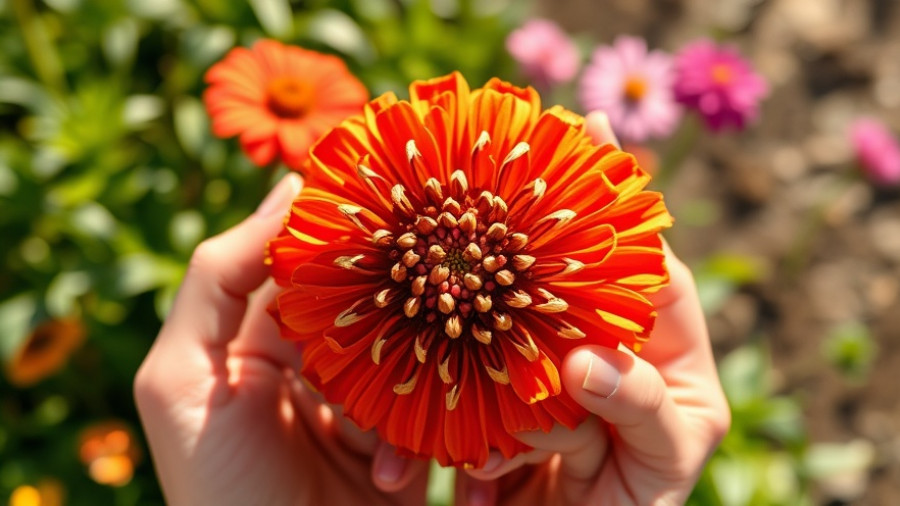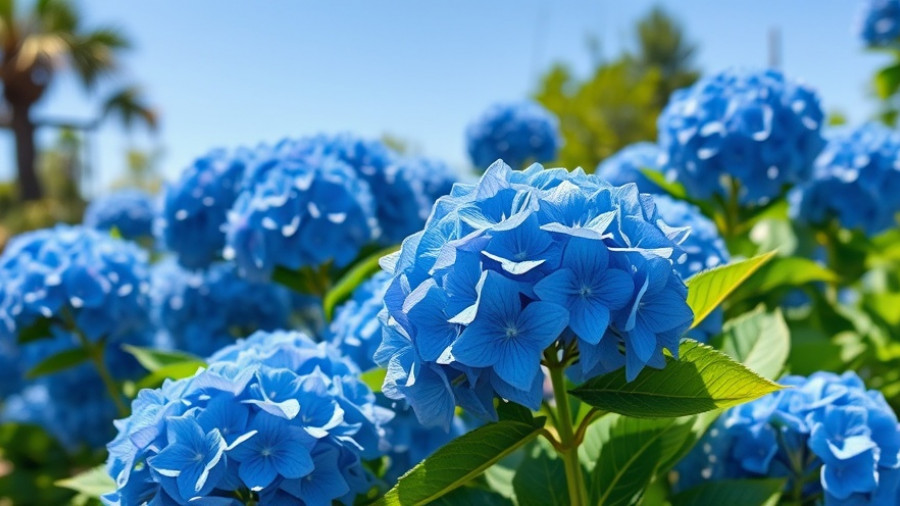
Reviving the Three Sisters Principle
The Three Sisters gardening technique, with its origins in the agricultural practices of the Haudenosaunee Confederacy, has long served as a remarkable example of companion planting. Traditionally, this method involved the cultivation of corn, beans, and squash together, each serving a unique role that nurtured the others throughout their growth. In the spirit of innovation and homage to our gardening roots, let’s explore some modern twists on this age-old practice that will enhance your fall gardening experience!
1. Diverse Crop Combinations
Modern gardeners have begun experimenting with various crops beyond just the traditional trio. For instance, adding fava beans to create a nutrient-rich cover crop can significantly improve soil health while still allowing the growth of corn and winter squash. Fava beans are great for fixing nitrogen in the soil, making them a perfect companion to the more nutrient-demanding corn.
2. Sweet Alternatives for Fall
When planning for a fall harvest, one can easily substitute sweet corn for traditional popcorn varieties, and green beans instead of dry beans. This not only provides fresh produce for seasonal meals but also enhances the garden's productivity during the shorter days of fall. Furthermore, swapping summer squash for winter squash ensures a hearty yield that keeps well into the colder months, allowing you to enjoy your gardening efforts longer.
3. Emphasizing Edible Flowers
An unexpected twist to the traditional Three Sisters garden could include the planting of edible flowers such as nasturtiums or marigolds. These vibrant flowers add beauty while serving a functional purpose, attracting beneficial insects and pollinators that can assist in the pollination of your crops. The colorful blooms complement the green foliage of corn and the sprawling vines of squash, creating a picturesque fall garden.
4. Container Gardening with a Twist
For those with limited space, consider taking this method into containers! By carefully selecting dwarf varieties of corn and mini squash, you can replicate the Three Sisters approach in raised beds or large pots on your patio or balcony. This not only maximizes your gardening space but also offers an opportunity for urban gardening enthusiasts to embrace this traditional method. Make use of vertical gardening techniques to let beans climb while utilizing the lower space for squash.
5. Eco-Friendly Practices
As sustainability becomes increasingly important, integrating eco-friendly yard care practices within your Three Sisters garden is essential. Utilizing mulch can retain moisture and reduce the need for frequent watering and weeding. Additionally, employing organic gardening methods can foster healthier crops without the use of pesticides, ensuring that your garden remains a safe haven for both wildlife and humans.
Conclusion: Embrace Your Fall Garden
Enhancing your garden with modern twists on the Three Sisters method allows for innovation while honoring traditions. Nurturing crops that support one another not only simplifies gardening practices but cultivates a beautiful and thriving space. As you plan your fall garden, take the opportunity to reflect upon the power of community in gardening and how these unique combinations can yield extraordinary results.
By observing these planting methods and integrating modern ideas into your own backyard, you’ll create a lively garden filled with flavor and diversity. Whether it’s through planning container gardens or eco-friendly mulching practices, the possibilities are endless. What will you grow?
Ready to transform your outdoor space? Explore various backyard makeover ideas or dive into seasonal planting guides to get started!
 Add Row
Add Row  Add
Add 




Write A Comment